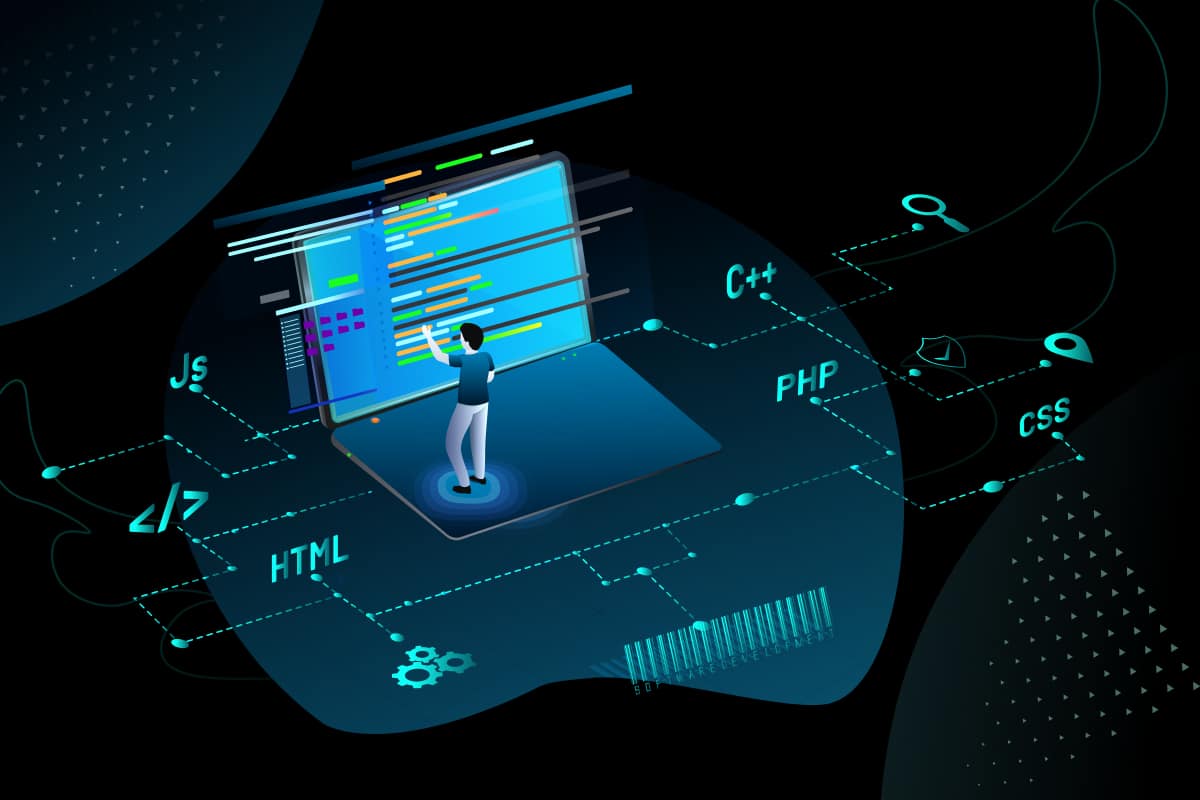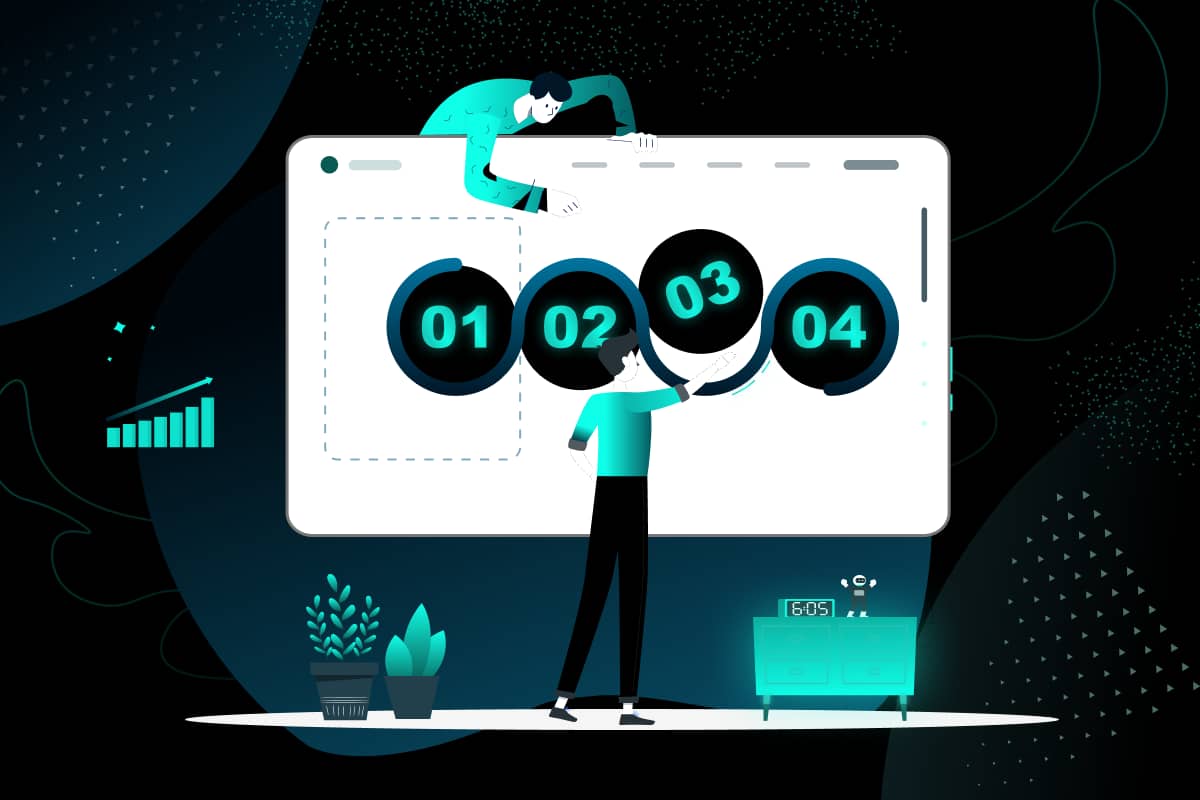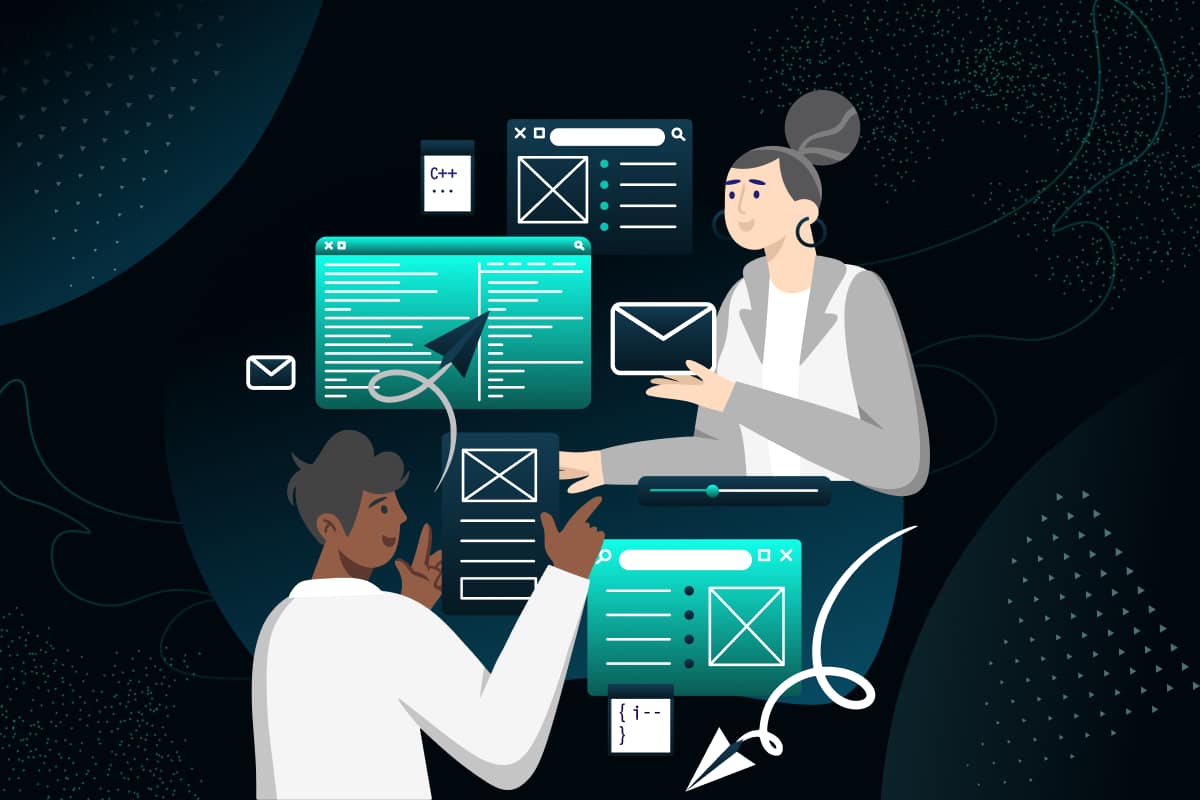In a world where digital products are pivotal to forming resilient and adaptable businesses, software developers and IT specialists play an indispensable role in reconstructing the post-pandemic world. Their arsenal of tools and strategies is critical to achieving superior outcomes. This piece delves into those global software development trends in 2024 and assesses their practical implications.
As we sail through 2024, some fresh technologies will inevitably sprout while existing ones continue to evolve. Undoubtedly, this year will build on the software development trends of 2023, a year notable for technology breakthroughs. However, there’s significant anticipation of even more innovations in the pipeline.
Stepping into 2024, software development trends are expected to follow the trajectory set in the preceding year. Yet, we may witness established markets and technologies turning heads with unprecedented advancements, especially as they solidify their position in mainstream usage. Companies specializing in Artificial Intelligence, the Internet of Things, and AR/VR/MR have already whetted our appetite with exciting product announcements for the year. Furthermore, it’s plausible that new trends in the software industry may surface as the year progresses.
Considering technologies, tech stacks, and industry leaders, we’ve compiled an in-depth analysis of the trends. Now let’s break down each trend and explore its future applications. Here are the key software development trends to watch out for in 2024, which are crucial to business growth. Keeping up-to-date with these software development trends is necessary, given the varied needs and escalating demands of consumers.
17 Software Development Trends in 2024 to Revolutionize the Tech Industry
These software development trends encapsulate the practices, models, patterns, and methodologies that form the bedrock for building superior software solutions for businesses.
Cloud computing
In 2022, the Cloud became the most embraced technology by startups, businesses, and even governmental organizations and institutions. Hospitals, security offices, and even legal authorities have recognized the technology’s immense potential. It’s plausible that by the close of 2024, we might witness a considerable migration of businesses and institutes to the Cloud across the globe.
Cloud is a prominent trend in the software industry due to its accessibility. At this stage, all global giants, including Google, Amazon, and Microsoft, are pouring investments into the technology, thus enabling businesses and individuals to leverage cloud computing. You can even get a taste of it with free credits for the first month to determine its suitability for your needs.
Augmented Reality
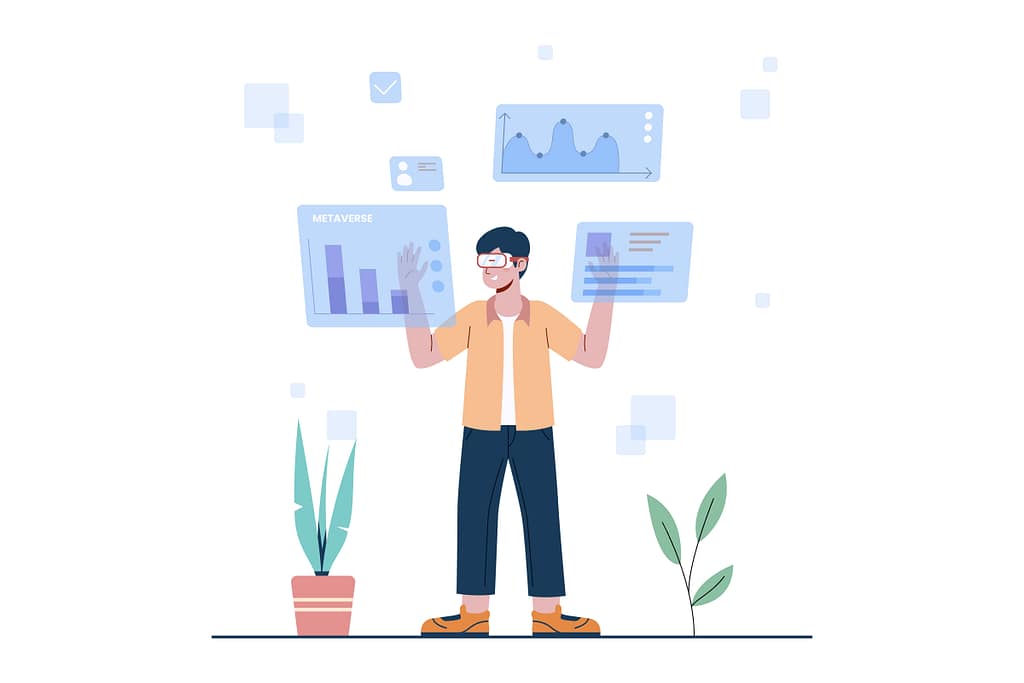
AR, short for Augmented Reality, has recently seen a surge in popularity, especially within the entertainment, e-commerce, and gaming sectors. It superimposes digital data onto the real world through smartphones, cameras, and sensors. Using AR, businesses can provide more detailed information about their services and products.
Moreover, consumers can easily capitalize on the benefits, empowering them to make informed decisions and provide enhanced customer feedback. For instance, using AR to visualize how a piece of furniture will fit in your room can significantly influence your purchasing decision.
Blockchain
Blockchain technology has been trending for several years now, with many companies realizing its potential for building secure systems. It encompasses smart contracts, digital identity management, and the development of decentralized, transparent, distributed ledgers for securely recording transactions.
Industries like supply chain and banking and finance have reaped the benefits of this technology, leveraging it to secure their data with cryptography. The absence of a centralized authority controlling the data fortifies blockchain against malicious attacks and other cyber threats. It’s one of the software development trends that a software development company in Bangalore or any software development company in India should take note of as we progress through 2024.
The era when blockchain technology was solely associated with cryptocurrency has passed. Presently, blockchain is a leading trend in the software industry, with experts noting a remarkable growth of blockchain adoption across various sectors. This decentralized, distributed system offers exceptional security and transparency for diverse transactions, extending its applicability beyond fintech.
Here are a few instances:
- Supply chain monitoring systems are used in logistics, automotive, agriculture, oil, and gas industry.
- Accounting software systems that track energy consumption
- Platforms that protect intellectual property.
- Software systems that facilitate secure electronic voting.
The prevalence of blockchain-based applications across different sectors is likely to grow, keeping in tune with the software development trends in 2024.
DevSecOps
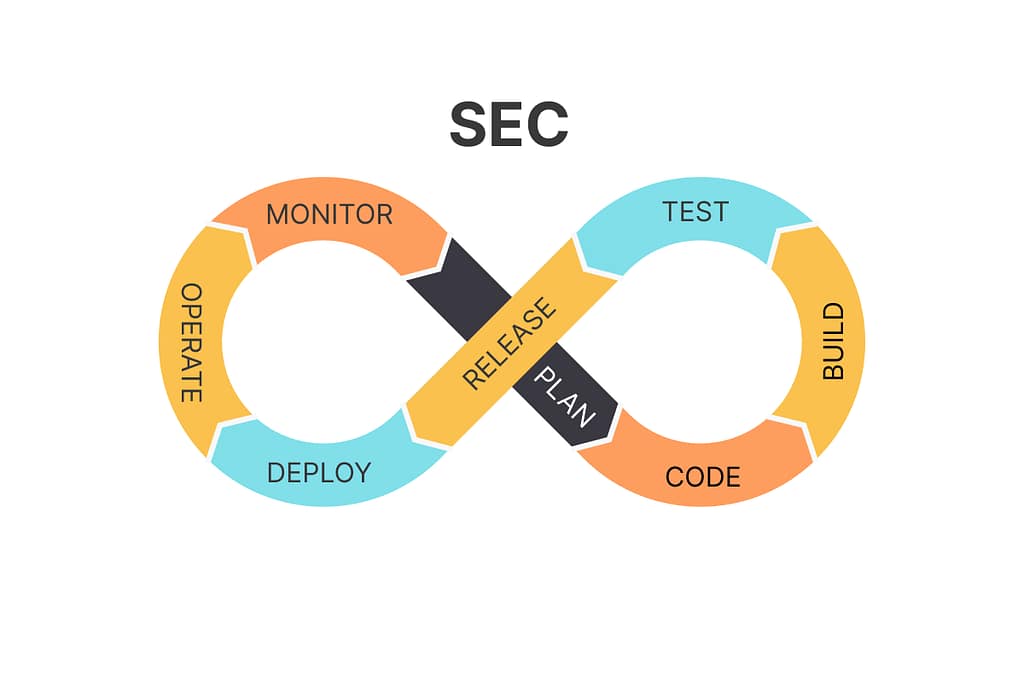
DevSecOps, a blend of Development, Security, and Operations, integrates security throughout the software development life cycle. This practice ensures that security permeates every layer of the software instead of being an afterthought.
DevSecOps automates security processes, synchronizes them with continuous testing, and fosters effective collaboration among team members. Furthermore, it aids in threat modeling, i.e., identifying security threats and vulnerabilities early in the software development process. Consequently, it leads to the production of secure, risk-free, and dependable software. This is one of the significant software development trends that a software development company in India or a software development company in Bangalore should consider in 2024.
Python’s rise in popularity takes the helm.
JavaScript traditionally dominated the roster of software developers’ most used programming languages globally. However, since 2020, Python has been climbing the ranks, and as of December 2021, it seized the top spot.
As per the latest updates of the TIOBE index and the PYPL index in June 2022, Python emerged as the leading computer language. It seems Python’s mounting popularity will persist well into 2023 and beyond, particularly as it is the go-to language for developers crafting software solutions with AI- and ML-based features. As discussed earlier, artificial intelligence remains a key trend in the software industry for 2024.
Evolution in Container Development
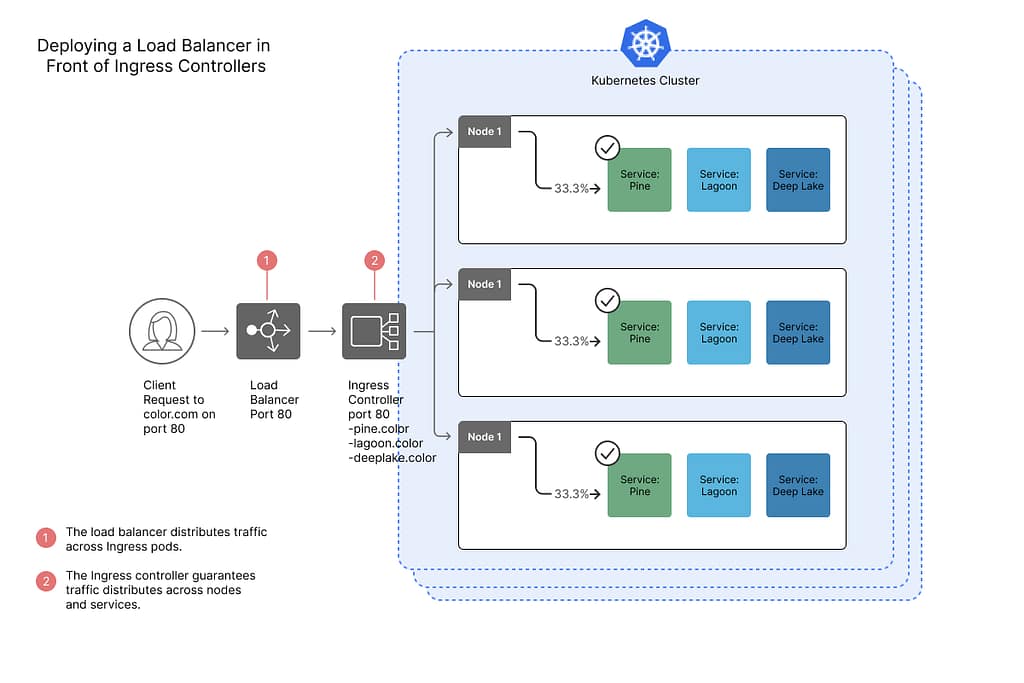
Docker has long held the crown as a favored container solution alongside contenders like Mesos, Swarm, and Kubernetes. However, the tide has turned, with Kubernetes rallying a devoted community and rising as a world leader in container development. The company’s conference, Kubecon + CloudNativeCon, witnessed an attendance of 12,000 people, doubling its previous year’s participation.
Going forward in 2024, Kubernetes is set to be the industry standard for container development, with an increasing number of developers shifting their allegiance from Docker.
Microservices
Recent progress in Cloud and container development is steering more developers towards microservices as a preferred architectural form. The traditional monolith architecture (where a single large service evolves by adding new features) has long been recognized as not easily scalable. However, it’s only now that microservices might reach their zenith, thanks to the advancements in Cloud computing.
In contrast to building one large service, developers will segment functionality into manageable portions. The software will comprise microservices, each performing a single function flawlessly. To update a function, you simply make changes in the relevant microservice. This emerging approach is amongst the noteworthy software development trends in 2024.
Native Development
The past few years have seen extensive debates over choosing between native and hybrid development. Initially, the simplicity and cost-effectiveness of hybrid development lured developers—after all, applications were expected to be cross-OS, and hiring a single team was cheaper than multiple ones.
However, enterprises soon recognized that for creating intuitive and intricate solutions, bypassing the standards of native development wasn’t always the best strategy. While startups and small businesses might still opt for cost-effective hybrid development, larger enterprises will likely revert to more reliable native practices.
TensorFlow Propelling AI Development
Artificial Intelligence (AI) technology has shed its futuristic tag and found wide application across various business sectors, ranging from image processing to object detection and speech recognition.
According to IMARC Group, the global AI market reached a valuation of $56.5 billion in 2021 and is projected to climb to $308.5 billion by 2027. Developers employ deep learning concepts using specialized AI libraries and frameworks to build such software systems. A significant software development trend in 2023 is using TensorFlow for AI development.
TensorFlow is Google’s open-source deep learning framework that has successfully established itself as the premier platform for building and educating neural networks. It offers a comprehensive ecosystem of libraries, tools, and resources to create intelligent models and algorithms. Plus, its flexibility and user-friendliness make it easy for developers to create advanced software.
TensorFlow’s popularity can be attributed to its:
- Support for multiple programming languages like Java, C++, and Python.
- Capability to run on multiple CPUs, GPUs, and mobile operating systems.
- Deployment flexibility – it can be deployed to the Cloud, locally, in a browser, or on a device.
- Built-in intuitive APIs.
- Enabling immediate model iteration and easy debugging.
- Facilitating complex research experiments.
Infrastructure as Code (IaC)
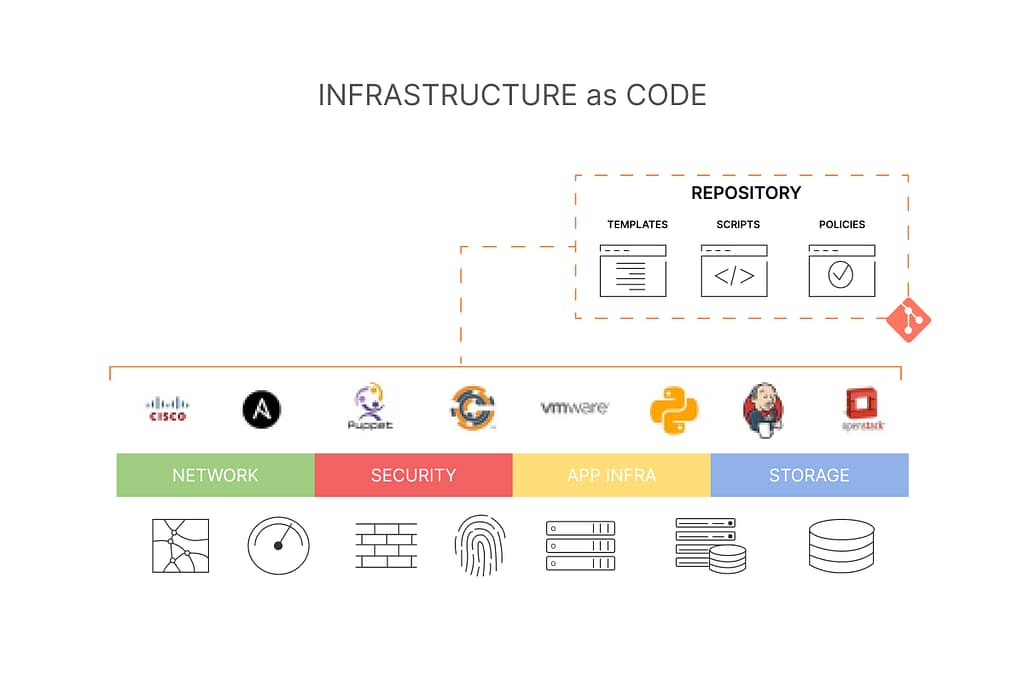
Today’s application development environments are complex, with clusters, microservices, containers, APIs, serverless functions, and interdependencies to manage. In such a scenario, DevOps teams are constantly under pressure to ensure application stability and security, while developers are expected to accelerate code development and deployment.
This is why DevOps teams are gravitating towards IaC, a method that leverages code to manage, automate, configure, and continuously improve dynamic computing resources. Traditionally, organizations relied on a select few skilled individuals who understood their code’s dependencies and delivery mechanisms, often leading to bottlenecks. IaC effectively resolves such issues.
With IaC, DevOps teams can create a single, reliable code base for an organization that is used to ensure apps are deployed in accordance with security standards. This approach also helps track code inconsistencies, making it simpler to rectify vulnerabilities. Consequently, the best configuration practices within an organization’s security policies and rules can be effectively implemented. This strategy is something that a software development company in India should consider while assessing software development trends in 2024.
Instant Applications or Progressive Web Applications (PWA)
Instant applications, also known as progressive web apps (PWA), have gained traction since 2016 but were in development and deployment even earlier. These multi-page and single-page applications offer an app-like experience without requiring users to download and install the software. Simply entering the link in the browser grants access to complete functionality.
Some developers employ instant apps to test the functionality of mobile solutions. The applications are distributed to a browser like a website, where they’re tested on multiple devices. Post this, the team collects feedback, analyses use cases, rectifies bugs, and releases a ready mobile solution.
Progressive web apps (PWA) are increasingly becoming popular for many businesses. The development and maintenance of PWAs are more cost-efficient for companies, making this type of software an attractive option for startups and small businesses. This is a noteworthy software development trend in 2024 that software development companies in Bangalore or any software development company in India should take into consideration.
React Native
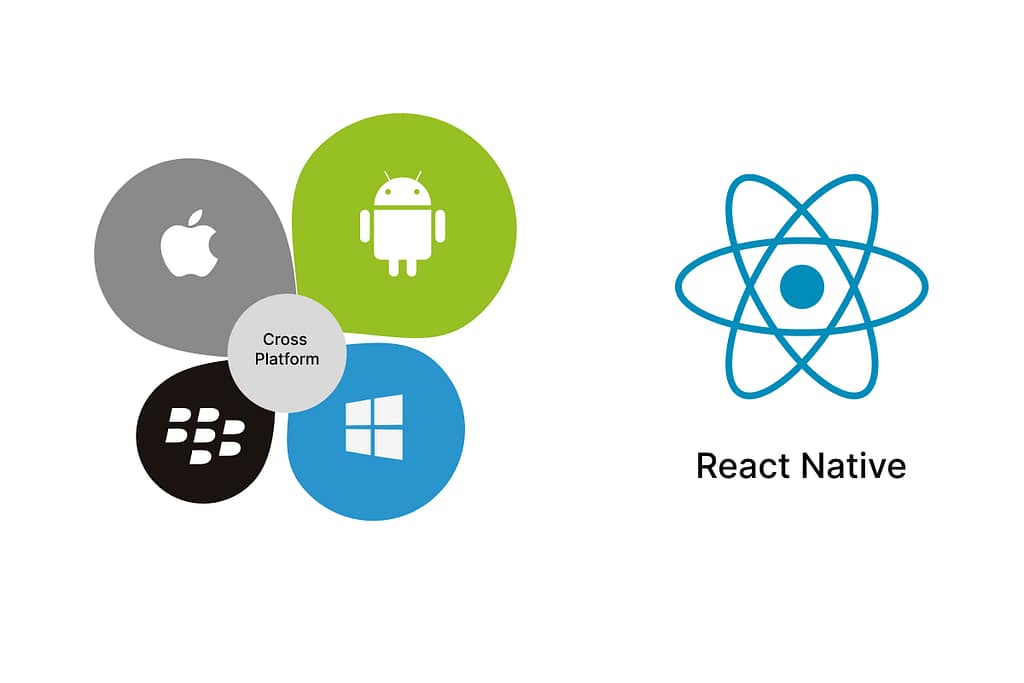
Hybrid development is a favored choice for many businesses due to its hassle-free approach to creating feature-rich, high-performing apps for multiple platforms using a single codebase. React Native is the reigning tool in the hybrid development market. This renowned framework has earned the trust of mobile developers globally, and its popularity shows no sign of slowing down.
Supported by Facebook, or Meta Inc., React Native is user-friendly and easy to learn as it uses JavaScript. The apps created with React Native offer high performance and an almost native user experience.
Smart Connectivity- Internet of Things (IoT)

The Internet of Things (IoT) continues to be a significant trend in the software industry in 2024. IoT continues to evolve, presenting an array of opportunities for software developers and different business sectors.
One of the key IoT trends this year is the advancement of digital twin technology. Digital twins allow you to replicate real systems in a virtual environment and experiment with variables, searching for optimizations without affecting daily operations. For instance, by creating a digital twin of logistics infrastructure, you can simulate potential supply chain issues and take measures to prevent them from materializing in real life.
Another important aspect of the IoT industry is edge computing. Over the past year, many organizations have shifted their analytics and decision-making from centralized cloud platforms to the edge, closer to the data source.
Internet of Behavior (IoB)

One of the emerging software development trends in 2024 is the Internet of Behavior (IoB). The IoB concept involves the collection of “digital dust”—a variety of data about people’s lives and behavioral patterns. This information can be collected from different sources, such as social networks, face recognition systems, and personal and medical wearables.
IoB is an extension of IoT. However, while the Internet of Things connects devices into one network, the Internet of Behavior amalgamates data about people into a single database. The primary goal of this technology is to gain a deeper understanding of human behavior. Employing IoB, companies can anticipate client requirements, government entities can formulate models of human behavior to tackle societal challenges, and law enforcement authorities can avert crimes or solve them more efficiently.
The main hurdle to the implementation of IoB is data privacy legislation. Thus, the process will depend on specific laws and regulations in different countries.
5G Technology
Implementing 5G connectivity is one of the top trends for 2024. This technology enables companies to fully leverage the potential of IoT ecosystems, with the performance of connected devices directly linked to the reliability of the connectivity.
Introduced in 2018, the advanced fifth-generation standard of mobile connectivity, 5G, is now becoming mainstream, promising the following benefits for IoT solutions:
- Low latency
- High speed
- Comprehensive coverage
- Energy efficiency
5G networks allow businesses to augment the number of connected devices in their processes and extract value. For example, IoT and 5G contribute to digital transformation in sectors like municipalities, healthcare, logistics, and manufacturing. Particularly, 5G can facilitate the wider adoption of remote surgery or remote maintenance of industrial machinery in hazardous conditions. Hence, numerous companies can offer new services, especially those based on real-time sensor data processing.
Edge Computing
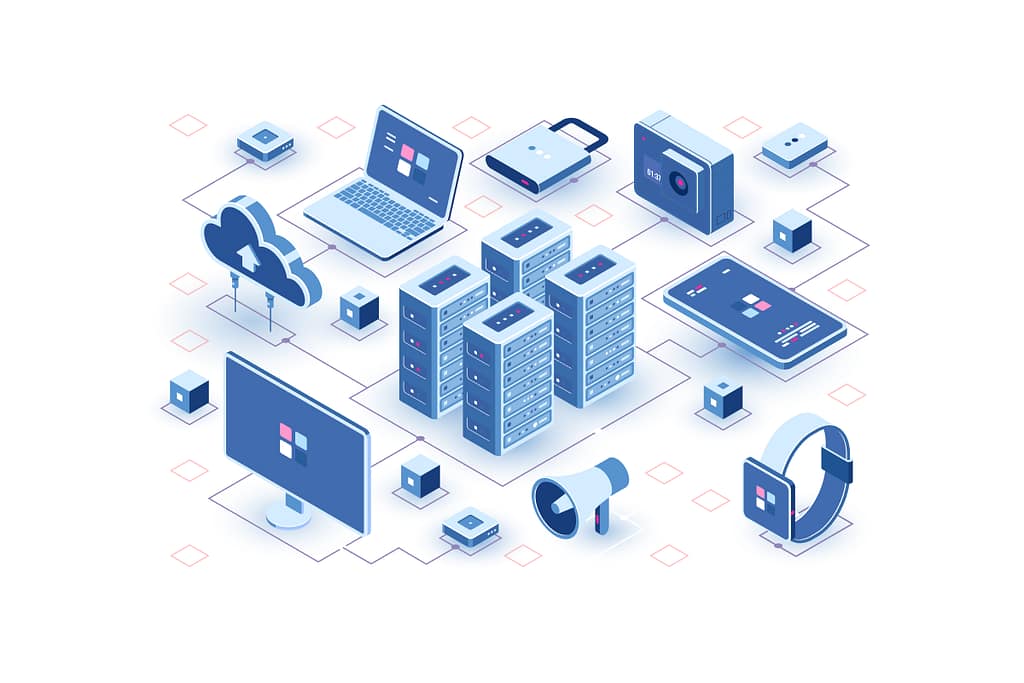
While we’ve established that Cloud computing is set to flourish among the software development trends in 2024, it’s not the only computing innovation on the horizon. In scenarios where software demands real-time data processing in low-bandwidth conditions, Cloud computing falls short. If there’s no internet connection, the application can’t reach remote data centers.
Edge computing addresses this issue by relocating data to the edge of the local network, enabling users to use the software both online and offline. Edge computing is predicted to become the dominant form in industries where a blackout could trigger significant losses (like transportation and healthcare). Statistics suggest a staggering 28-fold rise in edge computing from 2018 to 2025. We’ve seen glimpses of this, but the future holds extensive opportunities for edge networks.
No-Code Development
The demand for software development continues to escalate. Even industries traditionally not digital (like agriculture) are undergoing rapid digital transformation. Many business owners may not prioritize hiring a software development company but still acknowledge the need for digital solutions.
Just as design was simplified with tools like Canva, software development can also be made straightforward with responsive graphics interfaces. No-code development has been a web development trend for some time, with services like Wix. In 2024, this trend is set to expand into other fields of software development.
How Wilson Wings Can Help You Navigate 2024 Tech Trends
Adapting to security trends in 2024 can pose challenges for many businesses. Addressing technological changes requires a robust team offering skills beyond your in-house technology stacks.
At Wilson Wings, we provide internationally recognized software development and testing services. Our team stays updated with the latest shifts in software development trends, ready to assess your business needs and current digital transformation progress, identify key challenges, and solve them with disruptive solutions. With tangible business outcomes at the forefront, we ensure our technology caters to your needs.
If you have an idea for a current or new project, reach out to our team. We will examine your business model, market, and audience and propose an optimal tech stack that aligns with your potential users’ preferences.
Conclusion
Software development is a dynamic field. As some tools and technologies emerge, others become outdated. As a player in this industry, staying conversant with the latest software development trends in 2024 is a necessity rather than a luxury. Many factors, including the ever-changing needs and demands of businesses and consumers alike, largely drive these trends. In 2024, the parade of software solutions will be led by the likes of artificial intelligence, augmented reality, blockchain, and the Internet of Things (IoT).
Sometimes, it might feel a bit overwhelming to keep up with these trends, given the rapid pace at which they evolve in the software industry. However, keeping a finger on the pulse of these changes is critical to staying competitive and delivering top-notch solutions to your clients.
Whether you’re a software development company in Bangalore or any software development company in India, having a deep understanding of these software development trends can equip you with the knowledge to create exceptional solutions and stay ahead of the competition in 2024 and beyond. So, always stay curious, keep learning, and embrace these evolving trends in the software industry.

